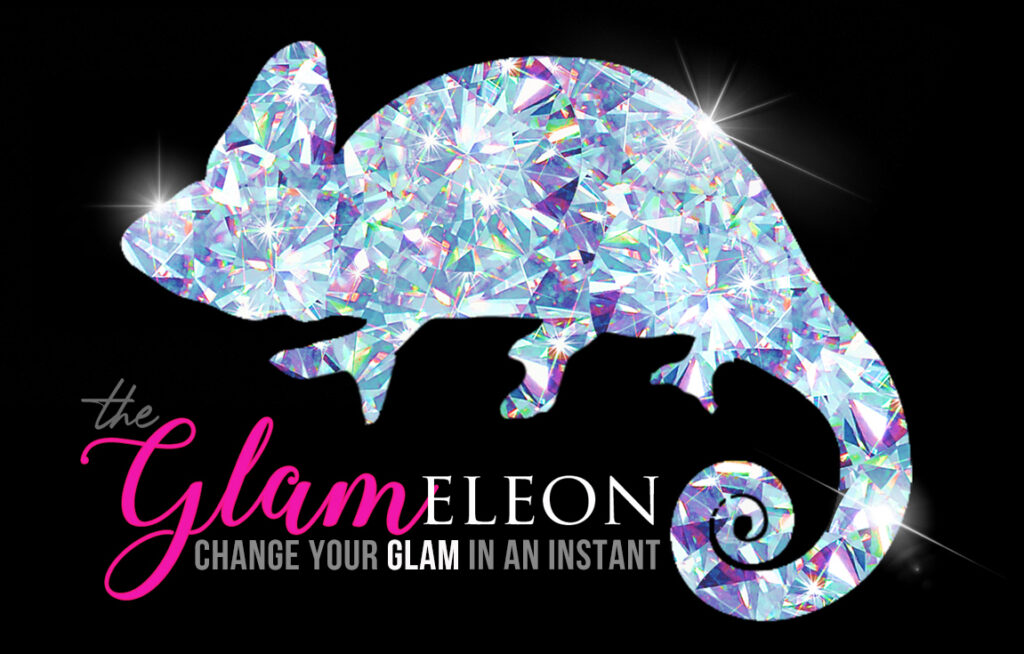FAQs
We carry all the sizes from major wig manufacturers. There are more options available for average size, which means they fit heads 21 ½ to 22 ½ inches in circumference. (Measure around your head where a hat would sit!) Wigs have adjustable straps and stretch so they fit a range of sizes. Some caps are open wefted and some are a closed stretch style cap. Most people are average size but we carry wigs in petite (less than 21.5) or large size (22.5 to 23.) They will be listed in the description if they are petite or larger sized.
The average life of a wig is somewhere between 6 months to a year or more, with proper love and attention. I have wigs that last longer, since I have such a huge collection (“addiction” my husband would say!) I can rotate my wigs quite often. I also am very gentle when brushing my wigs, and always start at the ends and work my way to the roots. Heat friendly fibers need heat on their ends or they will start to get dry and fray. The longer you can go between washing your wigs, the longer the life of the wig should be. Wash your wigs when you start to notice a buildup of dry shampoo or styling products on the lace.. I wash mine after about 8-10 wears.
Fill a basin with cold water. Pour one capful of gentle shampoo into the basin. Put your wig into the water and swish gently. Let her soak for 10-30 minutes, then rinse with cold water. Rinse again! Always squeeze out your wig but never ring it out, or scrub the fibers. Fold her into a dry towel and press to absorb the water. I like to let mine dry by hanging her upside down in the shower, or on a wig drying stand. Drying my wig by hanging upside down gives me more volume.. which this Texas girl loves!
Most people wear a velvet Wig Grip to secure their wig. I sell these too! You don’t have to wear a wig cap, but one is sent with every order for hygienic purposes.
If you purchase a heat friendly wig then, Yes, you can.. but be careful not all tools are created equally so I suggest doing a test strand underneath. I also suggest starting at the lowest temperature to achieve the result you are looking for. Suggestions vary on what temperature to use from brand to wig brand, but in general I recommend you stay around 250 degrees to be safe, then can slowly inch upward if you need too. Do not exceed what the wig manufacturer suggests for your wig. This is not for synthetic wigs.. they cannot stand heat.
I sell wigs both online and in person! If you are just beginning your journey with wigs, it can be overwhelming, so I am more than happy for you to make an appointment and come into my studio to try on wigs and learn the basics! I am appointment only, so contact me to setup a time to come in and “play!”
Wigs come in three types: Heat Friendly, (sometimes called Heat Defiant) Synthetic, and Human Hair. There are pros and cons to all three types. Human hair are going to be the most upkeep and effort since you must style them each time you wear them, just like your real hair. If you are looking for a wig that you can style with curling irons or flat irons, then heat defiant might be just what you need. The drawbacks to this type of wig are that the fibers are slightly more fragile than synthetic, and they will require weekly styling with heat tools in order to reduce fraying ends. Synthetic wigs are generally what I suggest brand new wig wearers start with. They are more durable and require almost minimal maintenance.
